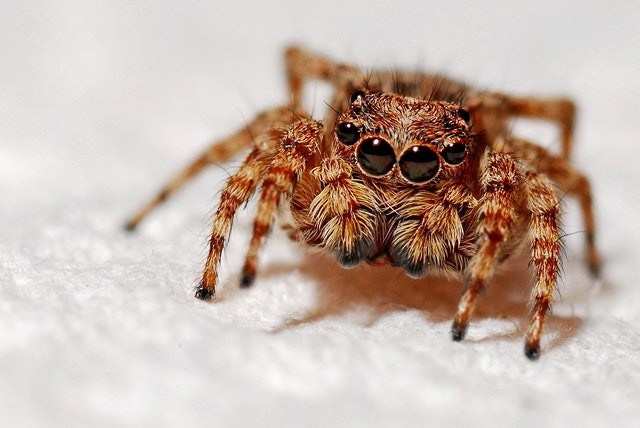Few spiders bring out as much reaction from humans as the well-known and dreaded tarantula. These hairy, giant arachnids are known for their exceptional size, distinctive physical characteristics, and brilliant colors.
But it's not just the tarantula itself that is so remarkably large and unsettling. So is the footprint of the creature on the globe - which is astonishing since tarantulas are closely comparable to sedentary spiders; females and younger ones specifically hardly gallivant away from their burrows, if they do at all.

Theraphosidae Family
Nonetheless, tarantulas which belong to the Theraphosidae family of spiders are to be discovered almost everywhere, living on all continents of the Earth excluding Antarctica. A research team headed by bioinformatician Saoirse Foley from Carnegie Mellon University in a new study explains: "They are quite universal and are seen throughout the subtropical regions of each continent."
"Their actions do not presage that tarantulas disperse successfully, yet they have spread all over the world and have greatly colonized various ecological niches."
What can give an explanation on the successful relocation of tarantula spiders to so many different corners of the world?
Also Read: This Camouflaged Spider can Change its Color
Biogeographic Patterns of Tarantulas
Foley and his colleagues in their new study researched the biogeographic patterns of tarantulas throughout history, making analyses on the messenger RNA in the transcriptome databases of tarantula, and illustrating how the family tree of tarantula could have evolved over a hypothesized 120 million years of evolution.
That ancestry seems to be the key to the wide dispersion of tarantula, with first tarantula ancestors traveling around the world through continental drift, as the most important landmasses in the world wandered and collided over millions of years after the separation of the supercontinent Gondwana.
The researchers explain that past studies evaluate that tarantulas surfaced between 150 Ma-71 Ma or approximately 107 Ma, which is compatible with the origin of Gondwanan, certainly, some tarantulas (Selenocosmiinae) are suggested to belong to the North Gondwanan species.

The Wallace Line
In their own analysis, the team discovered proof for two distinct 'out of India' dispersals of first tarantulas into Asia, when the Indian subcontinent had a collision with Asia approximately 55 to 35 million years ago.
"Interestingly, in spite of our analyses suggesting a Gondwanan origin for Theraphosidae, this pattern proposes that tarantulas were not often found in Oceania, and rather is steady with Selenocosmiinae having diversified across Asia, finally crossing the Wallace line sometime after the collision of India/Asia (likely as early as 47 Ma, Fig. S3), while the terrestrial Thrigmopoeinae stayed in India," the scientists write.
The outcome greatly suggests that while continental drift played a crucial role in assisting these ancient spiders take over new continents, their own evolutionary adaptations were also essential to geographic spread, with species making use of the opportunity to take advantage of the environmental and ecological and circumstances.
Related Article : Finding Nemo? New Species of Peacock Spider With Orange and White Face Named After Pixar Character
For more news, updates about spiders and similar topics don't forget to follow Nature World News!
© 2025 NatureWorldNews.com All rights reserved. Do not reproduce without permission.





